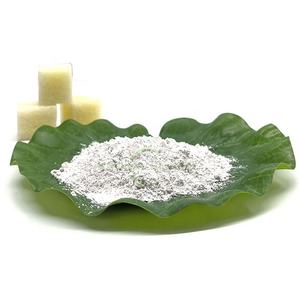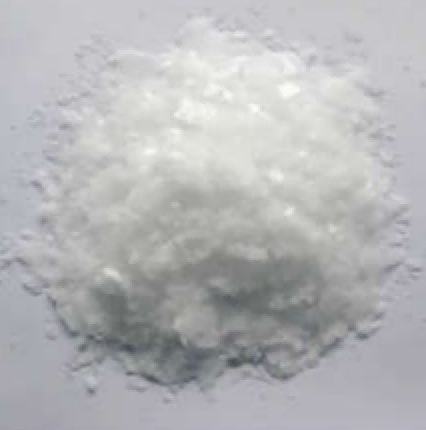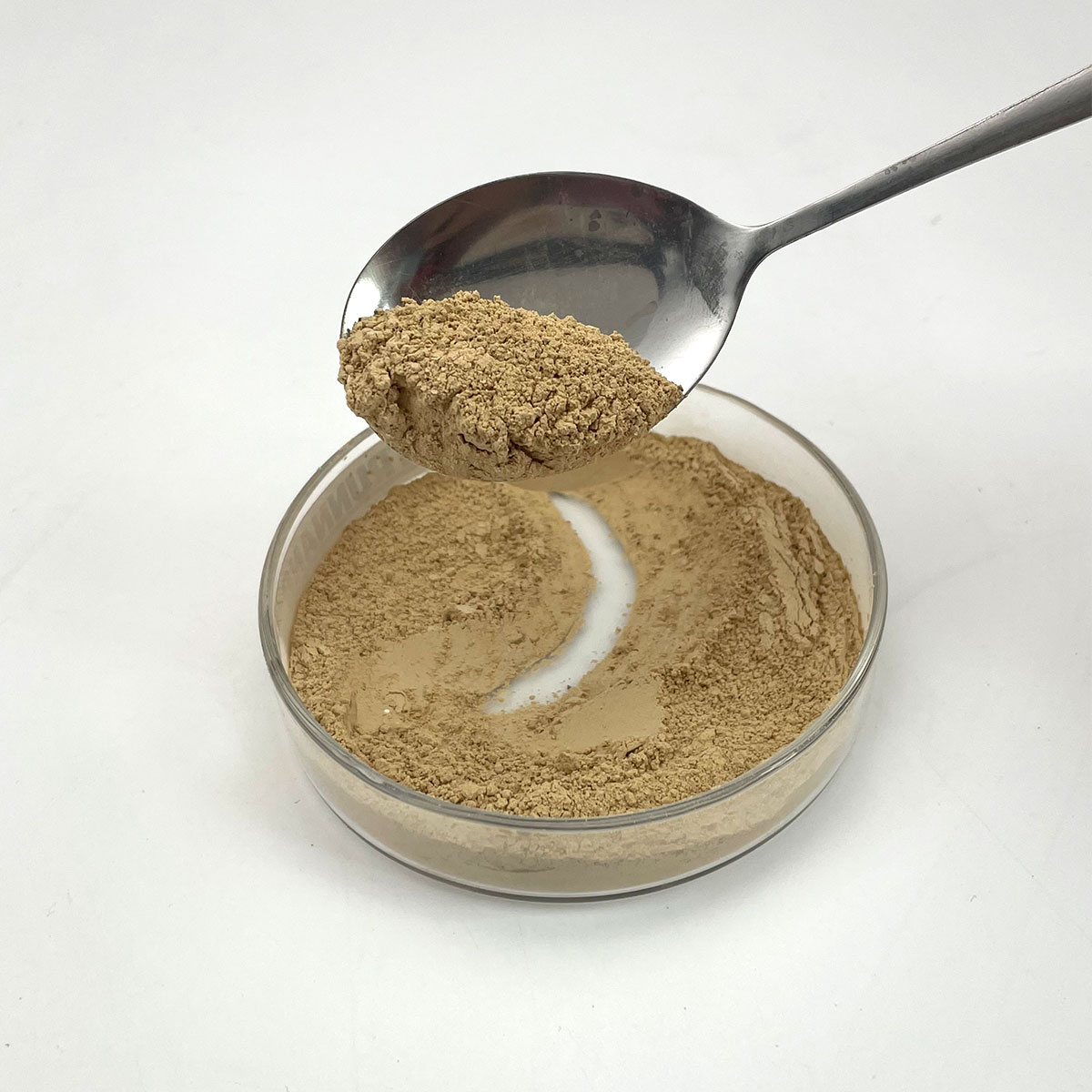1. Introduction
Just 24 hours ago, a major European cosmetics brand announced a full reformulation of its best-selling shampoos—removing sodium lauryl sulfate (SLS) in favor of gentler alternatives like decyl glucoside and sodium cocoyl glutamate. This move reflects a growing global shift toward milder, bio-based surfactants amid consumer concerns over skin irritation and environmental impact. As SLS remains one of the most widely used surfactants worldwide, it’s crucial to understand what it really is—and how it stacks up against its alternatives.

At its core, sodium lauryl sulfate—also known as sodium dodecyl sulfate (SDS)—is a powerful anionic surfactant. But what does ‘surfactant’ actually mean? Simply put, a surfactant is a molecule that reduces surface tension, allowing water to spread and penetrate more easily. This property makes surfactants essential in everything from shampoos and toothpastes to herbicides and industrial cleaners.
2. Sodium Lauryl Sulfate vs. Its Close Relatives
Sodium lauryl sulfate (SLS) is often confused with sodium laureth sulfate (SLES), also called sodium lauryl ether sulfate or sodium lauryl ether sulphate. While both are anionic surfactants derived from lauryl alcohol, they differ significantly in structure and mildness.
SLS is made by sulfating dodecyl alcohol (a 12-carbon chain), resulting in a small, highly charged molecule that lathers aggressively but can strip natural oils and irritate skin. In contrast, SLES is ethoxylated—meaning ethylene oxide is added before sulfation—creating a larger, less penetrating molecule. This makes SLES milder and more commonly used in shampoos labeled ‘sulfate-free’ (though technically it still contains a sulfate).
Other common sulfate-based surfactants include ammonium lauryl sulfate (ALS) and ammonium dodecyl sulfate, which behave similarly to SLS but are slightly more soluble in cold water—often used in foaming bath products.
3. The Rise of Sulfate-Free and Bio-Based Alternatives

Driven by demand for gentler formulas, formulators are turning to non-sulfate surfactants like alkyl polyglucoside (APG), coco glucoside, and decyl glucoside. These are non-ionic surfactants derived from coconut oil and glucose, offering excellent cleansing with minimal irritation. They’re also biodegradable, aligning with the push for bio surfactants.
Another popular category includes amino acid-based surfactants such as sodium lauroyl sarcosinate, sodium cocoyl isethionate, and sodium cocoyl glutamate. These are anionic but far milder than SLS, often found in ‘sensitive skin’ or baby products.
Amphoteric surfactants like cocamidopropyl betaine (also called coco betaine, amidopropyl betaine, or coco amido propyl betaine) are frequently paired with SLS or SLES to reduce irritation and boost foam stability. Unlike purely anionic or cationic surfactants, amphoteric types can switch charge based on pH, making them versatile and skin-friendly.
4. Beyond Personal Care: Surfactants in Agriculture and Industry
Not all surfactant use is cosmetic. In agriculture, surfactants act as wetting agents for herbicides and weed killers. Sodium lauryl sulfate for sale is sometimes used as a surfactant for herbicides, though methylated seed oil and nonionic surfactants like polysorbate 80, Span80, or ethoxylated alcohols are often preferred for better leaf penetration and rainfastness.
Lawn wetting agents or wetting agents for grass often rely on lignin sulfonate or fluorosurfactants for deep soil penetration. Meanwhile, cationic surfactants like cetyl trimethyl ammonium bromide (CTAB) or cetyltrimethylammonium bromide are used in disinfectants and fabric softeners due to their antimicrobial properties—but they’re incompatible with anionic types like SLS.

5. Safety, Misconceptions, and Label Confusion
Despite viral claims, SLS is not the same as sodium laureth sulfate—and neither is inherently ‘toxic’ at regulated levels. However, SLS can cause irritation in high concentrations or with prolonged exposure, especially on compromised skin. This has fueled the ‘sls sodium lauryl sulfate’ backlash, even though regulatory bodies like the FDA and EU SCCS deem it safe in rinse-off products.
Confusing labeling doesn’t help: terms like ‘natrium lauryl sulfate,’ ‘na lauryl sulfate,’ ‘lauryl sulfate,’ or ‘sls sulfate’ all refer to the same compound. Similarly, ‘sulphate’ vs. ‘sulfate’ is just a British vs. American spelling difference—no chemical distinction.
It’s also worth noting that some surfactants, like sodium deoxycholate or sodium oleate, are used in pharmaceuticals and food, while others like Pluronic 127 (poloxamer 188) serve as solubilizers in drug delivery—not cleaning agents at all.
6. How to Choose the Right Surfactant
- For sensitive skin: Opt for non-ionic (decyl glucoside, coco glucoside) or amphoteric (cocamidopropyl betaine) surfactants.
- For rich lather in shampoos: SLES is milder than SLS; pair with coco betaine for foam boost and reduced irritation.
- For eco-friendly herbicides: Use methylated seed oil or bio surfactants instead of SLS.
- Avoid mixing anionic and cationic surfactants—they neutralize each other and lose effectiveness.
Companies like Rohit Surfactants Private Limited now offer a wide range of alternatives, from sodium coco sulfate to sodium lauroyl methyl isethionate, catering to the clean-beauty and green-agro markets alike.
7. Conclusion
Sodium lauryl sulfate remains a workhorse surfactant due to its effectiveness and low cost, but it’s not always the best choice. Understanding the differences between anionic, cationic, non-ionic, and amphoteric surfactants empowers consumers and formulators to make smarter decisions—balancing performance, safety, and sustainability. Whether you’re formulating a shampoo, mixing a weed killer, or just reading a label, knowing your surfactants makes all the difference.
Our Website founded on October 17, 2012, is a high-tech enterprise committed to the research and development, production, processing, sales and technical services of ceramic relative materials such as Understand. Our products includes but not limited to Boron Carbide Ceramic Products, Boron Nitride Ceramic Products, Silicon Carbide Ceramic Products, Silicon Nitride Ceramic Products, Zirconium Dioxide Ceramic Products, etc. If you are interested, please feel free to contact us.


